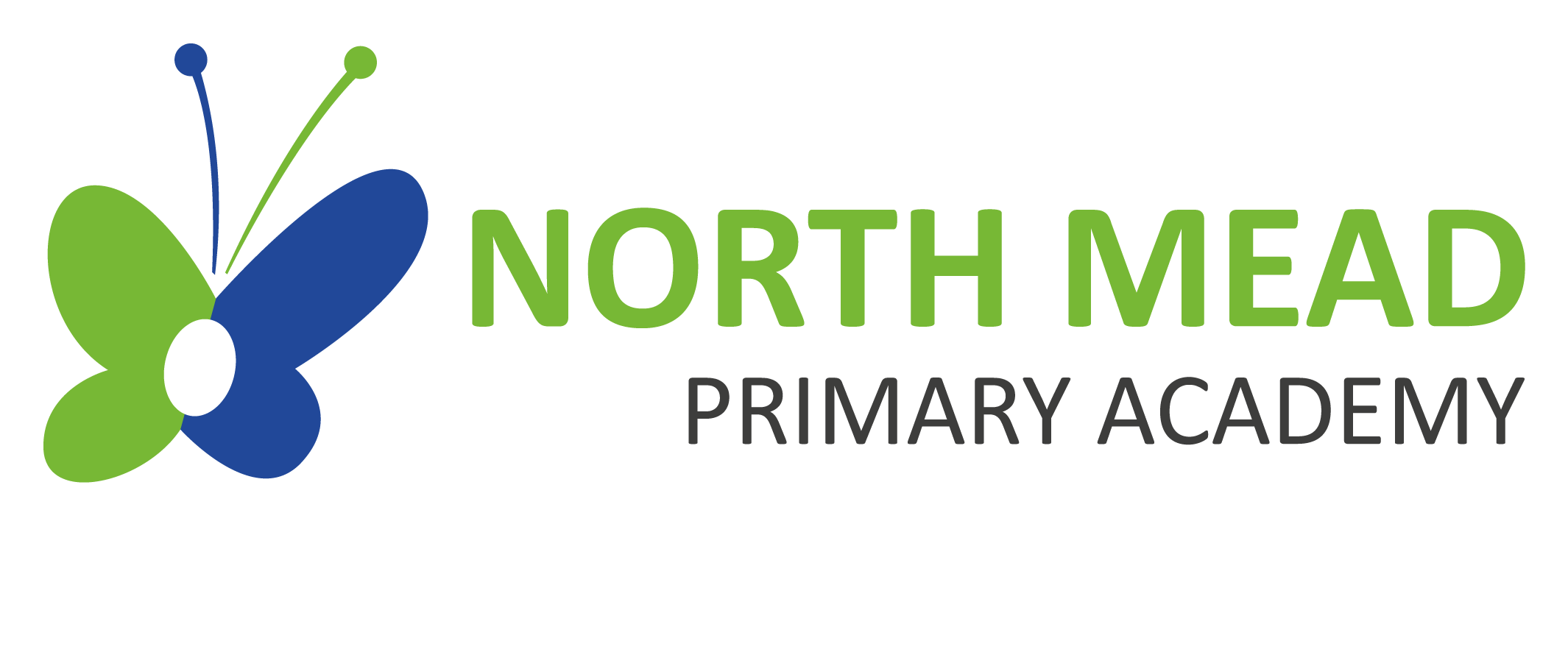Child on Child Abuse
Everyone should be aware that children can abuse other children. Child-on-child abuse can happen both inside and outside of a setting, face-to-face and online. Organisations working with children play an important role in preventing and responding to child-on-child abuse. As with any form of abuse, child-on-child abuse can result in significant, long-lasting trauma, isolation, physical harm, poor mental health, a child missing education, and poor outcomes.
Definition: Inappropriate behaviours between children that are abusive in nature including physical, sexual, or emotional abuse, exploitation, sexual harassment, all forms of bullying, coercive control, hazing/initiation rituals between children and young people, both on and offline (including that which is within intimate personal relationships).
We should remember that child-on-child abuse is harmful to both the perpetrator and the victim. Children or young people who harm others may have additional or complex needs (e.g. significant disruption in their lives, exposure to domestic abuse, witnessing or suffering abuse, educational under-achievement, or being involved in crime).
Bullying
The Law – Some forms of bullying are illegal and should be reported to the police. These include:
- violence or assault
- theft
- repeated harassment or intimidation, for example name calling, threats and abusive phone calls, emails or text messages
- hate crimes
Bullying is defined as ‘behaviour by an individual or group, usually repeated over time, which intentionally hurts another individual or group either physically or emotionally’. Repeated bullying usually has a significant emotional component, where the anticipation and fear of being bullied seriously affects the behaviour of the victim.
It can be inflicted on a child by another child or an adult. Bullying can take many forms (for instance, cyber-bullying via text messages or the internet), and is often motivated by prejudice against particular groups, for example on grounds of race, religion, gender, sexual orientation, or because a child is adopted or has caring responsibilities. It might be motivated by actual differences between children, or perceived differences.
Our school has a legal duty to ensure we have an Anti-Bullying Policy in place and that all staff, children and parents/carers are made aware of it. This document can be accessed on our school website and sets out clear procedures in managing such incidents within the school. We also deliver work in school about anti-bullying though assemblies and lessons and our staff are trained in appropriately dealing with such incidents.
However, at times, bullying such as child on child abuse, sexualised behaviour, serious incidents of harm, homophobic behaviours and cyber-bullying will be taken as a serious safeguarding concern especially if the child is at risk of significant harm. In such cases, our Principal will assess the situation and seek advice and guidance from Children’s Social Care or the Police especially in relation to illegal activity.
Child on Child Sexual Violence and Harassment
North Mead recognises that children are vulnerable to and capable of abusing their peers. We take such abuse as seriously as abuse perpetrated by an adult. This includes verbal as well as physical abuse. Abuse to children by their peers will not be tolerated or passed off as part of “banter” or “growing up”. Our school adopts a zero tolerance to sexual violence, harassment and harm between children and young people.
We are committed to a whole school approach to ensure the prevention, early identification and appropriate management of abuse within our school and beyond. We understand the importance of identifying, recording and responding to all safeguarding concerns, regardless of their perceived severity. We understand that sexual violence and sexual harassment can occur between two children of any age and sex, from primary through to secondary stage and into colleges. It can occur through a group of children sexually assaulting or sexually harassing a single child or group of children. Sexual violence and sexual harassment exist on a continuum and may overlap; they can occur online and face to face (both physically and verbally) and are never acceptable, while a concern may be low-level, that concern can escalate over time to become much more serious.
Our school takes a whole school approach (on all safeguarding matters), at the same time meeting individual needs and prides itself on creating a safe environment for all pupils.
Guidance and Resources
- DfE:
- PSHE Association: teaching about consent
- Anti-bullying Alliance: Sexual and sexist bullying
- PHE: Mental Wellbeing
- Brook
- Lucy Faithfull: Parents Protect (toolkits , guidance and traffic light tools)
- NSPCC Childline: Sex and relationships
- Disrespect Nobody (Archived content)
- Harmful Sexual Behaviour Support Service
- Childnet – Online Sexual Harassment/Bullying Resources:
- PSHE Association: Addressing misogyny, toxic masculinity and social media influence through PSHE education
- Votes for Schools: Misogyny and Andrew Tate
- Life Lessons
- Centre of expertise on child sexual abuse (CSA Centre)
Support Organisations
- Rape Crisis
- The Survivors Trust
- Lucy Faithfull: Stop it now
- Victim Support
Helplines
- NSPCC ‘Report Abuse in Education‘ helpline
- The DfE have commissioned the NSPCC to run a bespoke helpline to provide appropriate support and advice to victims of sexual abuse in education and concerned adults. The helpline can be contacted via 0800 136 663 or email [email protected]
Sexual Harassment
When referring to sexual harassment we mean ‘unwanted conduct of a sexual nature’ that can occur online and offline. When we reference sexual harassment, we do so in the context of child on child sexual harassment. Sexual harassment is likely to: violate a child’s dignity, and/or make them feel intimidated, degraded or humiliated and/or create a hostile, offensive or sexualised environment.
Whilst not intended to be an exhaustive list, sexual harassment can include:
- sexual comments, such as: telling sexual stories, making lewd comments, making sexual remarks about clothes and appearance and calling someone sexualised names;
- Sexual “jokes” or taunting;
- Physical behaviour, such as: deliberately brushing against someone, interfering with someone’s clothes
- Online sexual harassment. This may be standalone, or part of a wider pattern of sexual harassment and/or sexual violence. It may include:
- Non-consensual sharing of sexual images and videos;
- Sexualised online bullying;
- Unwanted sexual comments and messages, including, on social media; and o Sexual exploitation; coercion and threats
Harmful Sexualised Behaviour
Children’s sexual behaviour exists on a wide continuum, ranging from normal and developmentally expected to inappropriate, problematic, abusive and violent. Problematic, abusive and violent sexual behaviour is developmentally inappropriate and may cause developmental damage. A useful umbrella term is “harmful sexual behaviour” (HSB). The term has been widely adopted in child protection. HSB can occur online and/or face-to-face and can also occur simultaneously between the two. HSB should be considered in a child protection context.
When considering HSB, both ages and the stages of development of the children are critical factors. Sexual behaviour between children can be considered harmful if one of the children is much older, particularly if there is more than two years’ difference or if one of the children is pre-pubescent and the other is not. However, a younger child can abuse an older child, particularly if they have power over them, for example, if the older child is disabled or smaller in stature. Confidential specialist support and advice on HSB is available from the specialist sexual violence sector. All of our staff have a good understanding of HSB.
HSB can, in some cases, progress on a continuum. Addressing inappropriate behaviour can be an important intervention that helps prevent problematic, abusive and/or violent behaviour in the future. Children displaying HSB have often experienced their own abuse and trauma. It is important that they are also offered appropriate support.
Sharing Nudes
This is when someone sends or receives a sexually explicit text, image or video or use of live stream. This includes sending ‘nude pics’, ‘rude pics’ or ‘nude selfies’. This can be via Peer on Peer or other adults. It is illegal to possess, take or distribute sexual images of someone who is under 18, even if the young person under the age of 18 has taken the image themselves and passed it on themselves.
Our school takes a zero-tolerance approach if children are found to be sending sexual images of themselves or others whether intentionally or maliciously in our school. Our school has a duty of care to inform the Police and Children’s Social Care if such a case occurs. We will also notify parents directly if their children are involved. In addition to supporting our children with being safe in a digital world and highlighting the dangers, we refer to the guidance on ‘Sharing Nudes and Semi Nudes’ from the UK Council for Internet Safety (Dec 2020) and understand how to handle such incidents if they arise in our school: https://ineqe.com/wp–content/uploads/2021/01/UKCIS_sharing_nudes_and_semi_nudes_advice_for_education_settings_V2.pdf
Our school staff follow school procedures in reporting such concerns and promote E-Safety and dangers of Sharing Nudes, Sexting, Grooming and CSE through lessons, PSHE and assemblies. Our pupils are taught how to keep safe on and offline and E-Safety is promoted throughout the school and home environment. Where appropriate, our school has also discussed local and national cases where grooming of young children has taken place, such as the Kayleigh Haywood Story/Brecks Game to highlight the dangers.
Our e-safety policy is highlighted to staff, pupils and parents and is available on our school’s website including our acceptable usage policy and our staff have undergone relevant online safety at induction and regularly throughout the year.
Upskirting
Up-skirting is the act of taking a photograph of underneath a person’s skirt without their consent. It’s often performed in a public place; public transport or on an escalator, with crowds of people making it harder to spot people taking these photos. It could also happen on the way to and from school and within a school. Being victim to such an incident can cause emotional distress for the young child or young person involved. All staff take these types of incidents seriously and our staff are aware of the law against ‘Up skirting’ which came into force on April 12, 2019, in England and Wales. If our staff are made aware of such incidents, the schools will follow its safeguarding procedures in addition to seeking advice from the Police.
abuse in intimate personal relationships between children (sometimes known as ‘teenage relationship abuse’) • sexual violence such as rape, assault by penetration and sexual assault; (this may include an online element which facilitates, threatens and/or encourages sexual violence) • causing someone to engage in sexual activity without consent, such as forcing someone to strip, touch themselves sexually, or to engage in sexual activity with a third party • initiation/hazing type violence and rituals (this could include activities involving harassment, abuse or humiliation used as a way of initiating a person into a group and may also include an online element).

 Together We Make A Positive Difference
Together We Make A Positive Difference